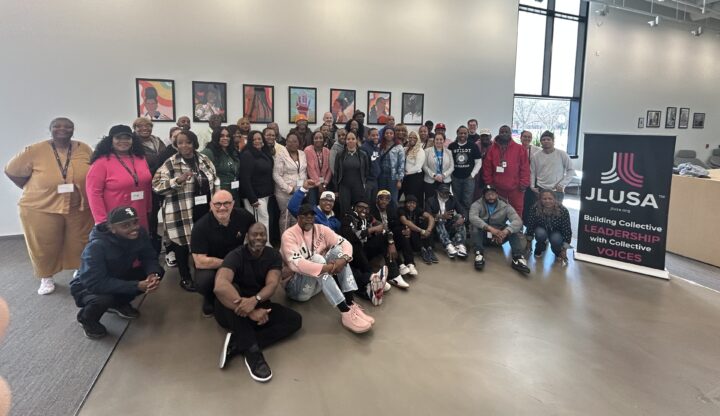
Disclaimer – Auto-generated content in Spanish:
Algunas partes de esta página se generan automáticamente y podrían contener errores menores. Se recomienda usar el juicio crítico al interactuar con ella.
“In 1968, Johnny Cash famously performed at one of the nation’s first maximum-security prisons, playing music for the incarcerated individuals and recording one of his most successful live albums, ‘Johnny Cash at Folsom Prison.’ The country singer/songwriter also known as ‘the Man in Black’ often got requests from inmates themselves asking him to come play at their prison on account of his 1955 hit song ‘Folsom Prison Blues.’
At the time and even now, people don’t have much empathy towards people that are incarcerated, so it was a really a big deal for Johnny Cash to go into their space.
“The landmark event is celebrated in ‘1968: A Folsom Redemption’ on view at the Fullerton Museum Center now through March 9. The photography exhibition features the work of freelance journalists, photographer Dan Poush and writer Gene Beley, who accompanied Cash to the January 1968 album recording. Images in the show also highlight a March 1, 1969, concert Cash and June Carter Cash played in Anaheim.
“‘Daniel Poush and Gene Beley, were invited to follow Johnny Cash through his Folsom prison tour, so they were firsthand witnesses to how the process works,’ said Georgette Collard, museum curator at Fullerton Museum Center. ‘Some of the songs were actually recorded on Gene’s voice recorder, and that’s how they were able to get the audio for the live album.’
“Beley flew down from Northern California for the exhibition’s opening on Jan. 25, a lively reception that included a Johnny Cash cover band. …
“Dedicated to late Fullerton Museum Center board member Cheryl Richard, the exhibit features ephemera and 32 powerful photographs by Poush and Beley that give viewers an intimate look at the journey Cash and Carter Cash made by bus to Folsom and their performances. The couple was joined by Cash’s father, Ray Cash and Reverend Floyd Gressett, who ministered to inmates and helped facilitate the performance. There are also images of Cash interacting with inmates, as members of the audience and also more directly, like the photos of Cash with Glen Sherley, the prisoner who wrote ‘Greystone Chapel.’
“‘Johnny Cash performed ‘Greystone Chapel’ live at Folsom for him and he continued to play the song and paid Glen royalties while he was still incarcerated,’ said Collard. ‘After Glen was released he played with Johnny Cash, and for years he toured with him.’
“As Collard was doing research for the exhibit, she considered the impact the historic performance has had on those in the prison system.
“‘At the time and even now, people don’t have much empathy towards people that are incarcerated, so it was a really a big deal for Johnny Cash to go into their space,’ said Collard. ‘He wanted to humanize the incarcerated. It meant a lot to the prisoners.’
“In conjunction with ‘1968: A Folsom Redemption,’ Fullerton Museum Center is also showcasing ‘Beyond Confinement: The Untold Stories,’ an exhibit that features the work of individual artists affected by the prison system, like Alberto Lule, Fulton Washington, Khadijah Silva and Nicholas Tirado.”
Thank you so much for supporting our mission here at JLUSA! Your donation helps to support our network of leaders working to dismantle oppressive systems and uplift people and families impacted by mass incarceration across the country.
All charitable donations made to JLUSA are fully tax deductible, as allowable by the IRS.
Mail that includes checks only:
JUSTLEADERSHIPUSA, INC
P.O. Box 23681
New York, NY 10087-3681
All other mail:
P.O. Box 1730, New York, NY 10037
347.454.2195
© 2025 JustLeadershipUSA. All Rights Reserved.
JustLeadershipUSA® is a non-partisan organization. The views, thoughts, and opinions expressed belong solely to the individual author or speaker, and do not necessarily reflect the official policy or position of the organization.